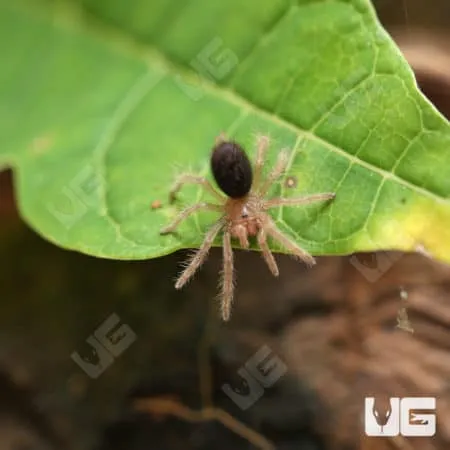Understanding Chaco Golden Knee Tarantulas
The Chaco Golden Knee Tarantula (Grammostola pulchra) is a popular and beautiful species among tarantula enthusiasts. Native to the grasslands of South America, these spiders are known for their docile temperament and striking appearance, featuring a black body with distinctive golden stripes on their knees and legs. Breeding these tarantulas can be a rewarding experience, but it requires careful preparation and understanding of their specific needs. This guide will walk you through the essential steps to successfully breed Chaco Golden Knee Tarantulas, from understanding their basic characteristics to the care of spiderlings. Before you begin, remember that successful breeding depends heavily on your attention to detail and your commitment to providing the best possible environment for your tarantulas.
Basic Characteristics of Chaco Golden Knees
Chaco Golden Knee Tarantulas are relatively large spiders, with females reaching a leg span of up to 7-8 inches. Males are typically smaller. They are a terrestrial species, meaning they spend most of their time on the ground. Their lifespan is considerable; females can live for up to 20 years, while males typically live for only a few years after reaching maturity. Their slow growth rate means it takes several years for them to reach breeding age, making it crucial to provide them with a proper diet and habitat to ensure they thrive. Understanding these characteristics is key to replicating their natural environment for successful breeding.
Male vs Female Identification
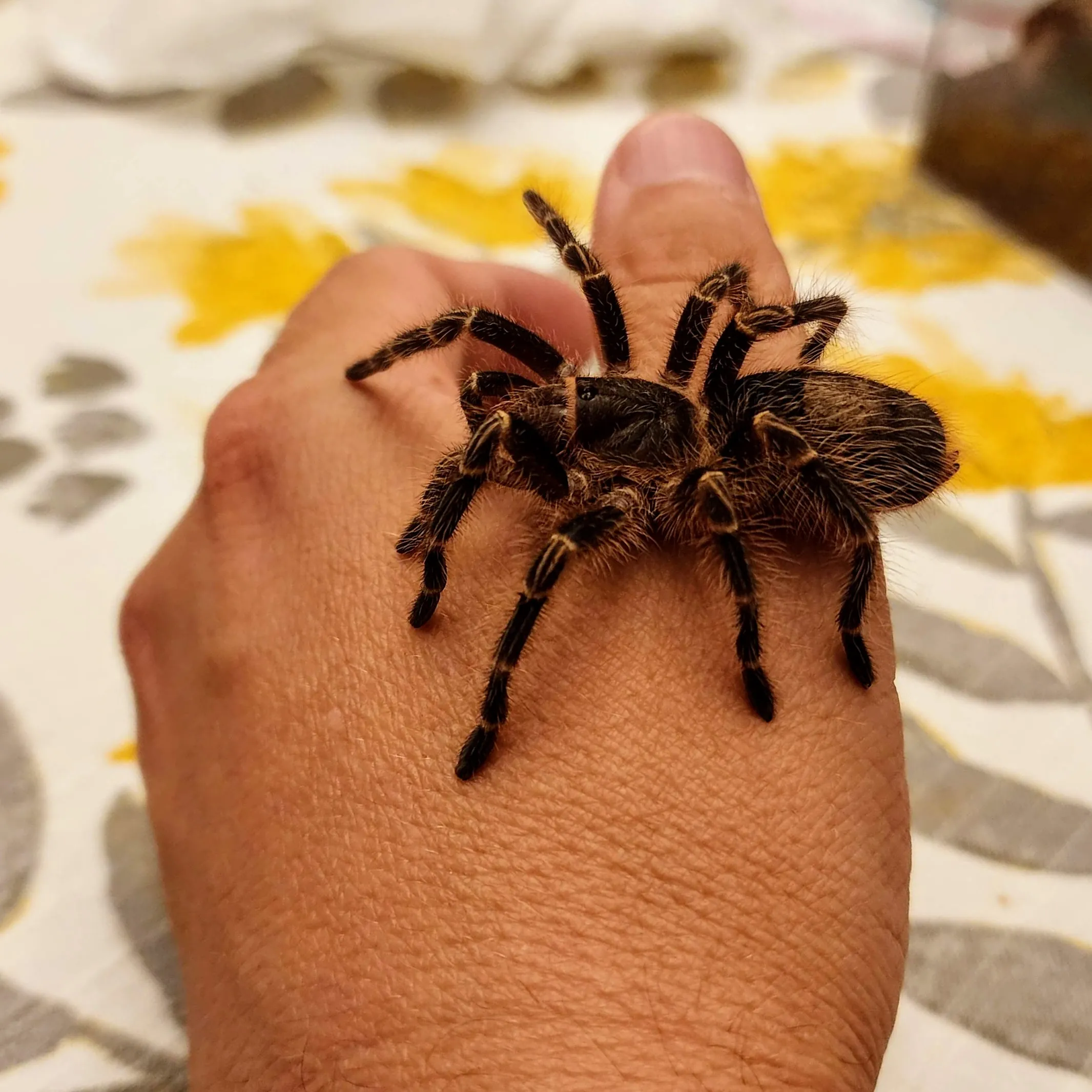
Distinguishing between male and female Chaco Golden Knees is crucial for breeding. Males have a smaller body and longer legs compared to females. The most reliable method to determine the sex is to examine the spider’s molt. Mature males develop tibial hooks on their front legs, used to hold the female’s fangs during mating, and also have modified pedipalps that resemble boxing gloves, where they store sperm. Females lack these features. With careful observation of these characteristics, you can accurately identify the sex of your tarantulas and prepare for the breeding process. Using the molt is the most accurate way of determining the sex of your Chaco Golden Knee.
Pre-Breeding Preparation
Preparation is key to successful breeding. This involves creating an ideal environment, ensuring both the male and female are in good health, and providing the necessary conditions to stimulate mating behavior. Start by acquiring a mature male and female. Patience is required, as it can take several years for a tarantula to reach sexual maturity. Proper planning and setup of the breeding environment, including temperature, humidity, and enclosure design, are vital for increasing the chances of a successful mating attempt.
Optimal Conditions for Breeding
Chaco Golden Knees thrive in a specific environment. Maintain a temperature range of 75-85°F (24-29°C) and a humidity level of 65-75%. Use a hygrometer to monitor humidity accurately. Ensure that the enclosure is well-ventilated to prevent mold and bacteria growth. During breeding, you might slightly increase humidity to mimic the rainy season in their natural habitat, which can encourage mating. Consistent conditions are crucial for the health and well-being of your tarantulas, and fluctuating temperatures or humidity levels can negatively impact breeding success.
Creating the Breeding Enclosure
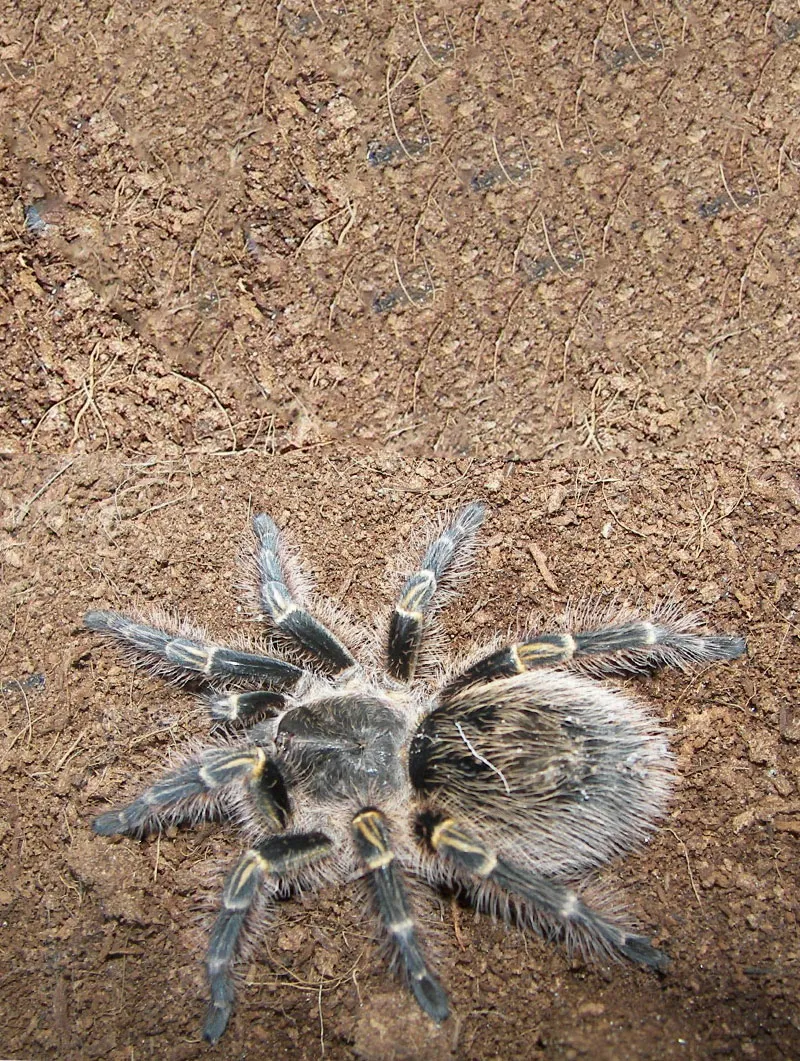
The breeding enclosure should be similar to the tarantula’s regular housing, but slightly larger to accommodate the male and female together. Use a secure, escape-proof enclosure with adequate ventilation. Provide a substrate of peat moss, coconut fiber, or a mixture of both, about 4-6 inches deep. This allows the tarantula to burrow and feel secure. Include a water dish and a hide, such as a piece of cork bark or a half-log, for the female. The enclosure should be clean and free from any potential hazards. The breeding enclosure plays a significant role in creating a stress-free environment for the tarantulas.
Preparing the Female Tarantula
Before introducing the male, ensure the female is well-fed and in good health. A healthy female is more likely to accept the male and successfully produce an egg sac. Feed her generously with appropriately sized insects, such as crickets, mealworms, or roaches, a few weeks before introducing the male. Ensure the female has plenty of food and water. A well-fed female is less likely to cannibalize the male after mating. Observing the female’s behavior, such as her willingness to eat and her general activity levels, can provide clues to her readiness for mating.
The Breeding Process
The breeding process is a delicate dance, requiring careful observation and patience. Introducing the male to the female’s enclosure should be done cautiously, and you should be ready to intervene if the female becomes aggressive. Monitor the tarantulas closely during mating. Be prepared to separate them immediately if the female shows signs of attacking the male. This phase requires vigilance and attentiveness to maximize your chances of success.
Introducing the Male
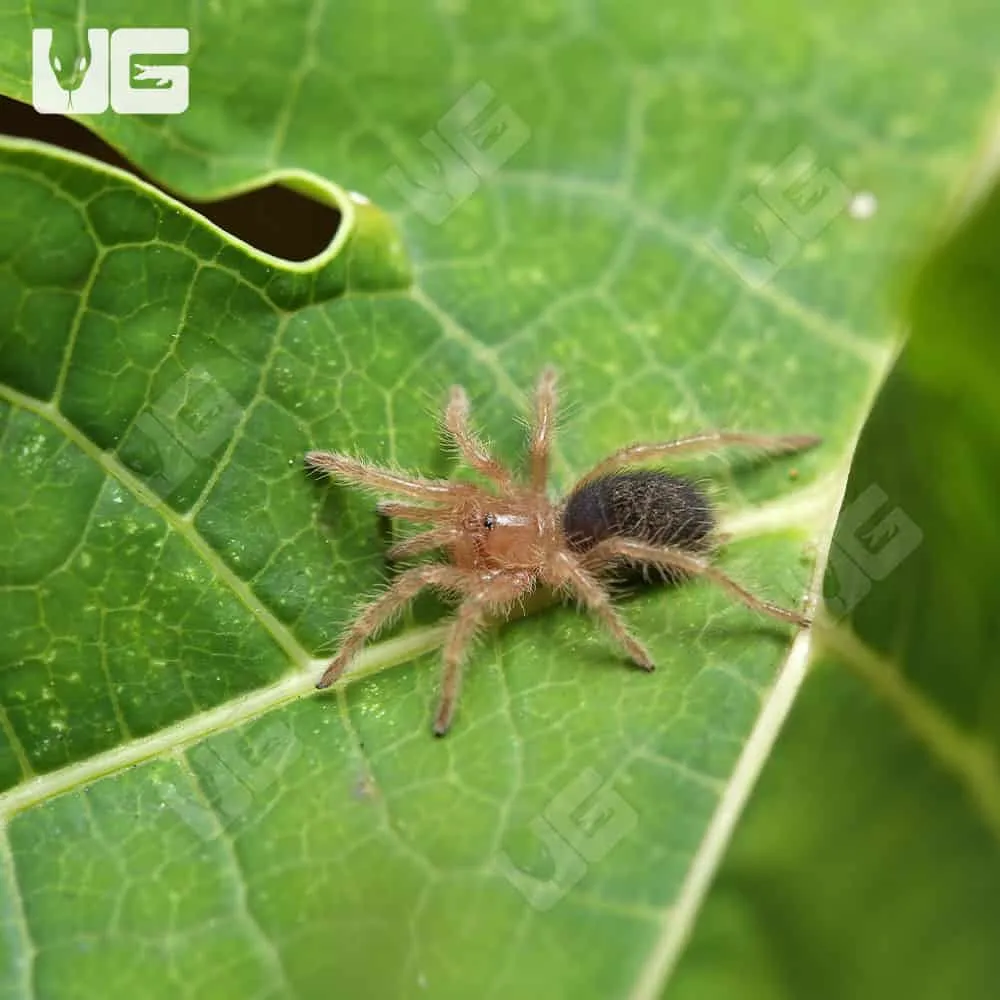
Introduce the male tarantula to the female’s enclosure during the evening or night when they are most active. Use a long pair of tongs to gently place the male near the female. Observe their behavior closely. The male will typically start by tapping his legs on the substrate or drumming on the female’s web to signal his presence and intentions. Be prepared to intervene. Never leave the tarantulas unattended during this critical period, as the female might attack the male. Always prioritize the safety of both tarantulas.
Mating Behavior and Observation
If the female is receptive, she will allow the male to approach. The male will use his pedipalps to insert sperm into the female’s epigastric furrow. Mating can last from a few seconds to several minutes. Observe the behavior closely, noting if the female becomes aggressive towards the male. If she attempts to attack, separate them immediately with the tongs. Once mating is complete, carefully remove the male to prevent him from being eaten. Success isn’t guaranteed on the first try; you might need to repeat the process after a few weeks.
Post-Mating Care
After mating, the female requires extra care. Provide her with plenty of food and maintain optimal environmental conditions. Monitor her for signs of egg sac development. The gestation period varies, but it usually takes several weeks to a few months for the female to produce an egg sac. The female will enter a period of increased appetite as she prepares to produce the egg sac. Careful attention to the female’s needs will increase the likelihood of a successful outcome.
Caring for the Gravid Female
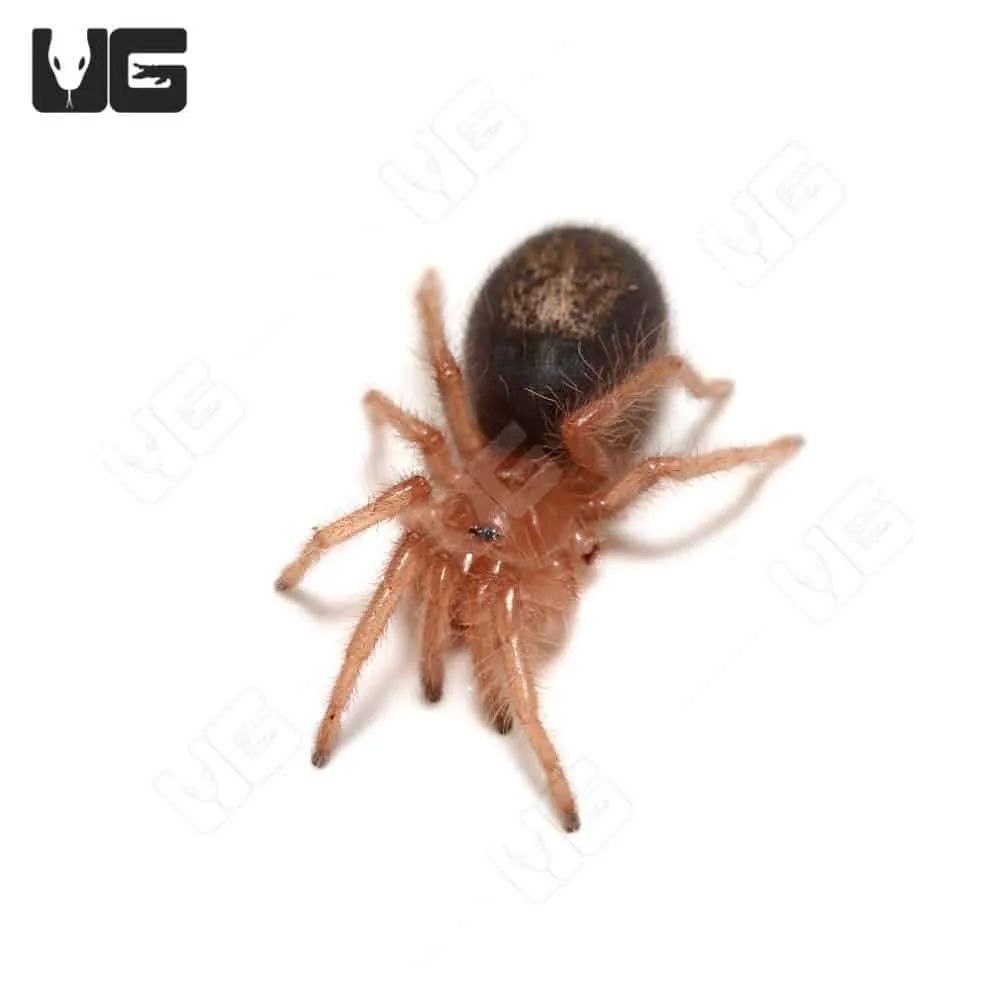
Once the female has mated, she will become gravid (pregnant). Continue to provide a varied diet and maintain the correct temperature and humidity. Keep the enclosure clean and ensure the female has access to fresh water. Avoid disturbing her excessively. Be patient and observe her behavior. The gravid female will start to display certain signs, such as staying in her hide more often and refusing food shortly before producing the egg sac. The primary focus should be to keep the female healthy and stress-free until she produces the egg sac.
Preparing for the Egg Sac
As the female nears the time of producing the egg sac, prepare for its arrival. The female will begin creating a silk mat in her enclosure, in anticipation of laying her eggs. Keep the enclosure undisturbed and ensure the environment remains stable. It is critical to maintain proper humidity and temperature during this phase to ensure that the eggs develop properly. Avoid any unnecessary disturbance of the female. Carefully monitor her behavior and be prepared to intervene if needed, such as providing assistance if the female struggles with the egg sac.
Egg Sac Management and Incubation
Managing the egg sac correctly is crucial for successful breeding. You can either leave the egg sac with the female or remove it for artificial incubation. Each method has its pros and cons. Understanding how to handle the egg sac, the incubation process, and the care of the spiderlings are all integral parts of tarantula breeding.
Egg Sac Removal and Incubation
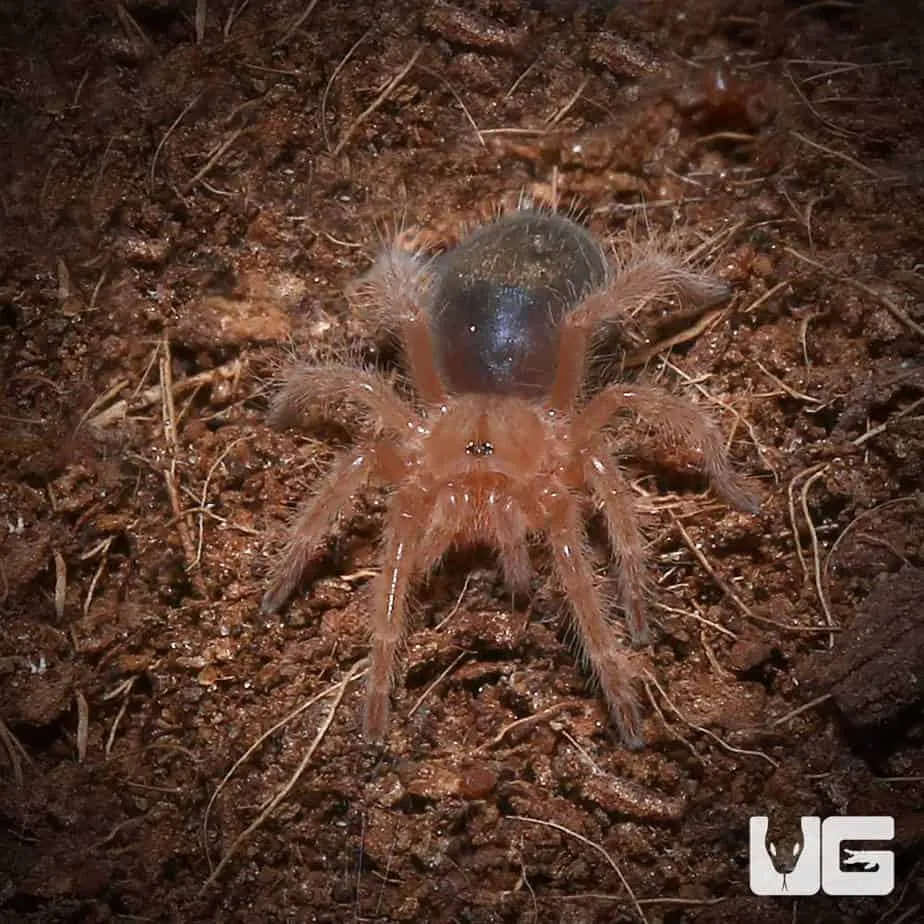
If you choose to remove the egg sac, do so carefully. Wait until the female has sealed the sac completely. Gently remove the egg sac from the enclosure, ensuring it is not damaged. Place the egg sac in an incubator, maintaining the same temperature and humidity conditions as the female’s enclosure. It is vital to maintain consistent conditions. Monitor the egg sac for signs of development. The eggs will hatch after several weeks, producing tiny spiderlings. Ensure the incubator is set up correctly and provides the appropriate environment for optimal development.
Caring for Spiderlings
The final step involves caring for the newly hatched spiderlings. Spiderlings are incredibly delicate and require specialized care. Providing the right environment, food, and housing is vital for their survival and growth. From providing appropriate feeding to maintaining the right humidity levels, every aspect of care must be meticulously managed to ensure the spiderlings thrive. The early stages of their life are critical for their overall health and development.
Initial Care of Spiderlings
Once the spiderlings emerge from the egg sac, they need immediate care. Keep them in a small, well-ventilated enclosure. The enclosure should be clean, with a substrate that retains moisture, such as paper towels or a thin layer of substrate similar to the adult enclosure. Provide a shallow water dish with water. Maintaining high humidity and temperature is critical for their survival. Monitor them closely for any signs of illness or distress. Early intervention is crucial if any problems arise, so keep a close eye on your spiderlings.
Feeding and Housing Spiderlings
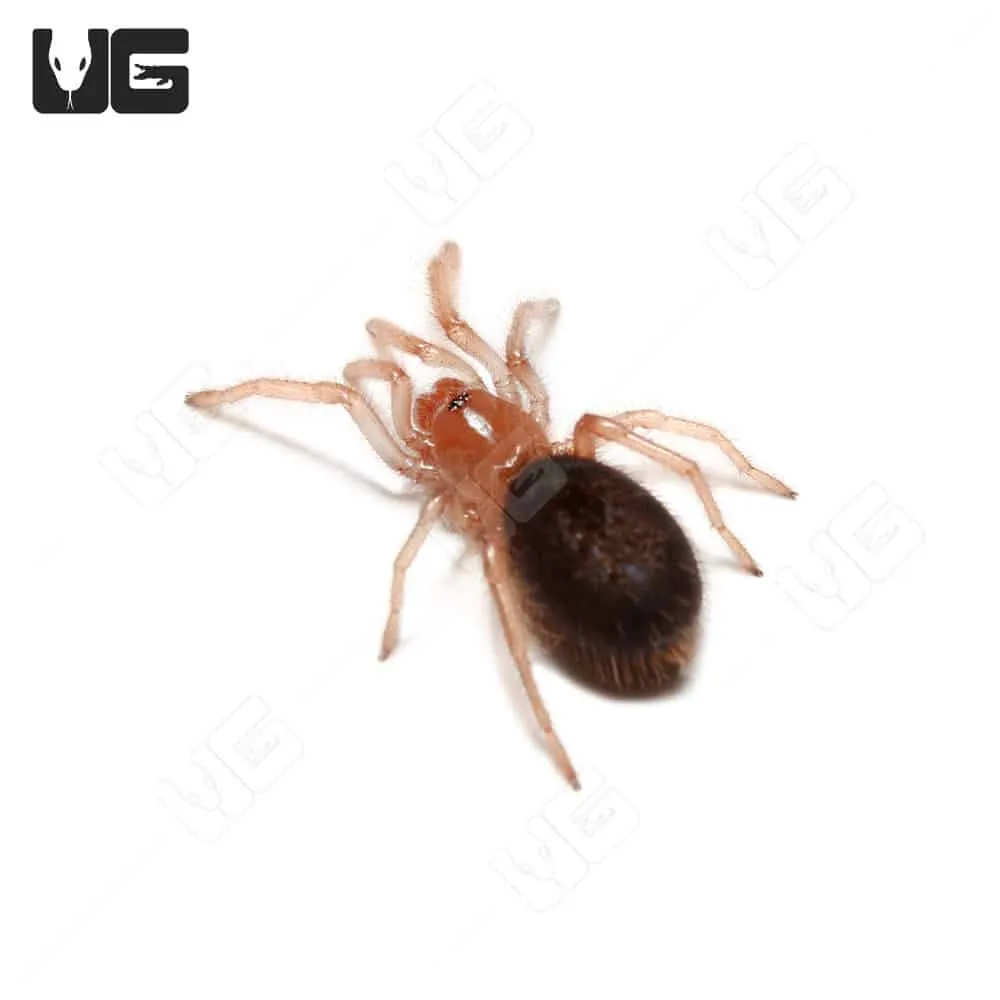
Spiderlings are tiny and need small food items, such as flightless fruit flies or pinhead crickets. Feed them every other day, removing any uneaten food to prevent mold growth. House the spiderlings individually in small containers, such as deli cups, to prevent cannibalism. As they grow, gradually increase the size of the enclosure and the food items. Proper housing and consistent feeding ensure they grow properly. Provide appropriately sized food items to avoid overfeeding or underfeeding your spiderlings. Monitor the spiderlings’ growth. The spiderlings will molt several times as they grow. The key is to provide a consistent environment for them.
Breeding Chaco Golden Knee Tarantulas can be a rewarding experience. With patience, understanding, and careful attention to detail, you can successfully breed these beautiful creatures and enjoy the process. Remember to prioritize the health and well-being of your tarantulas throughout the entire process, and you will be well on your way to breeding success.
